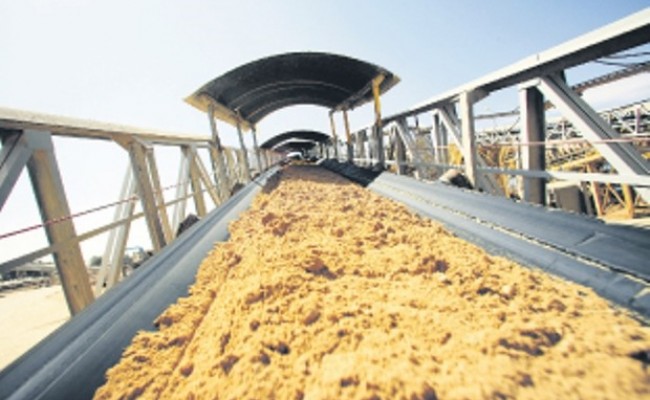Scientists at the US Massachusetts Institute of Technology (MIT) are developing a new process to produce a potassium fertilizer from the mineral ore feldspar, which is widely available in many southern hemisphere countries.
Professor Taisiya Skorina of MIT has developed a process based on crushing and chemically altering feldspar to produce a new compound, hydrosyenite, which has a popcorn-like texture. The potassium is contained in water-rich layers that make it more easily separated in soil. The chemical process is based on an alkaline treatment that does not lead to waste generation, a critical criteria for sustainable processes.
This breakthrough could be a bonus for Southern Hemisphere countries because potassium – from potash – is mined in the Northern Hemisphere, mainly in three countries, Canada, Belarus and Russia.
The promising results of this study could have global implications regarding the production of potassium fertilizer from feldspar. Although feldspar is widespread, it commonly occurs in a form called microcline that tightly “traps” potassium within aluminum, silicon and oxygen.
Feldspar can be milled or ground into powders with particle size ranging from measurements in microns, or millionths of a meter, to millimeters, or thousandths of a meter.
Feldspars are crystal-structured compounds of an alkaline or alkaline-earth element (M) bound to aluminosilicates with the chemical formula M1+(Al,Si)4O8 or M2+(Al,Si)4O8. Potassium feldspar (K-feldspar) has a theoretical composition of 16.9 percent potassium oxide (K20) by weight but occurs in three different molecular arrangements, or polymorphs, depending upon the temperature and cooling rate at formation and subsequent heat exposure.




